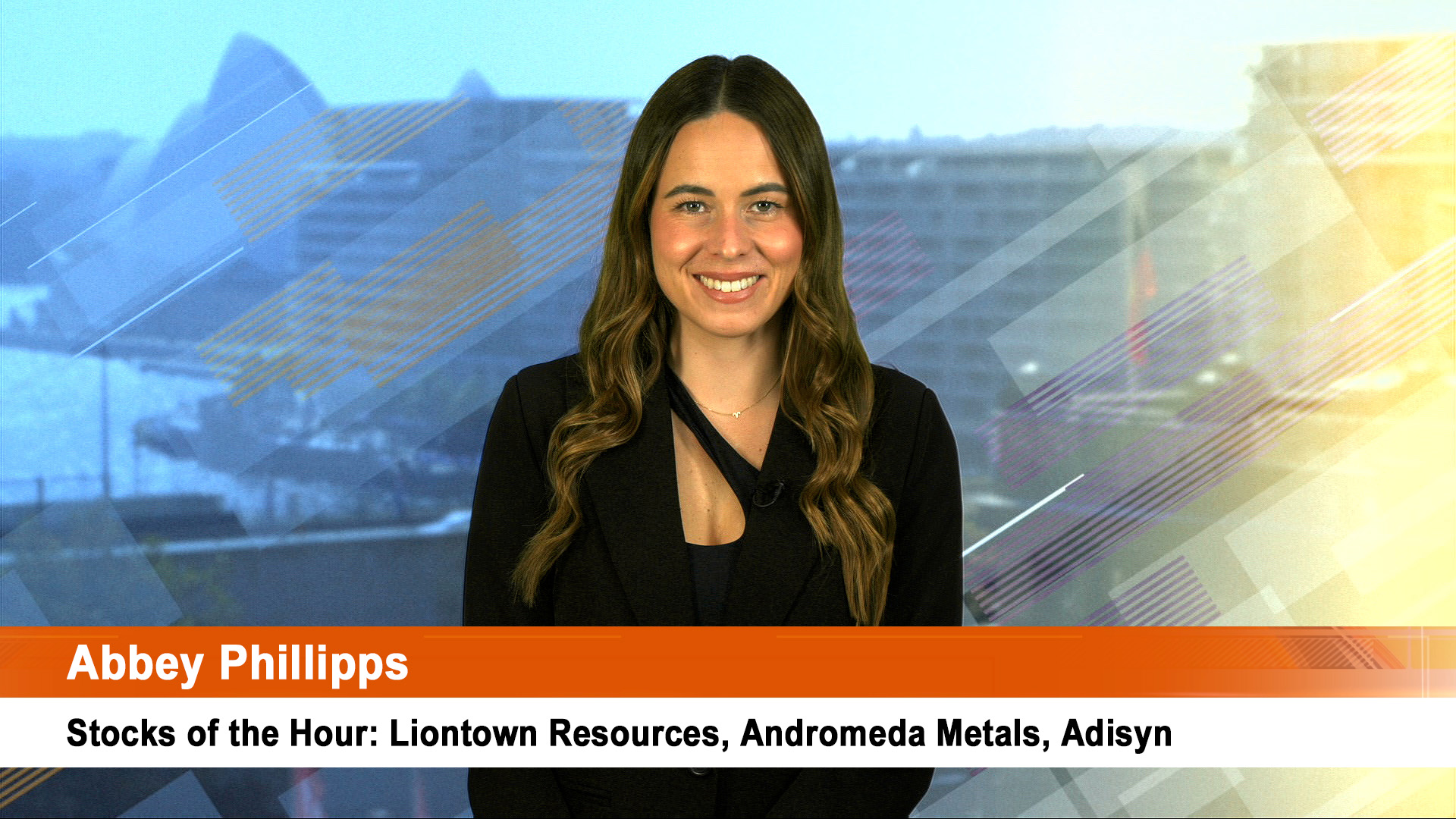For Australian investors, the second weekly sell-off in Chinese iron ore and steel futures and physical prices should worry them – but as we saw last week, the 6% slide had little impact. Coming on top of the 12% slump the week before, iron ore prices have lost their boom-like bloom.
Metal Bulletin data shows that the spot price fell 0.9% on Friday to $US54.54 a tonne, the lowest since April 8. Including the falls of the past fortnight, the price is down 23% since peaking at more than $US70 early last month.
Friday saw sharp slides in iron ore and steel futures prices in Singapore and China.
The Singapore spot futures price for ore fell 10% last week on top of the 11% slide the week before and futures in Dalian in China slumped on Friday to the lowest since February, while rebar (reinforcing bars) steel prices in Shanghai suffered their biggest weekly loss on record.
That all helped produce the 6.4% slide in spot price last week and left investors wondering if there would be another slide this week to take the price closer to the $US50 a tonne mark (and well under the $US55 a tonne price used in the recent 2016-17 Federal budget).
The weaker Aussie dollar though is helping soften the blow – the budget is based on a dollar around 77 US cents – Saturday morning it ended around 72.70.
Gold also lost ground last week, but oil rebounded as the strength of the US dollar and then differing thoughts on demand and supply had conflicting impacts on sentiment.
While gold futures enjoyed a rise on Friday, they suffered a loss for the week. Oil went the opposite – down on the day, but higher over the trading week.
For gold it was the first weekly loss in three weeks with Friday’s surprisingly solid 1.3% rise in headline retail sales boosting the outlook for US interest rates and the dollar.
Comex gold for June delivery added $US1.50, or 0.1%, to settle at $US1,272.70 an ounce, in New York early Saturday. That left prices down nearly 1.7%, which was the first loss since late last month.
Comex July silver futures added 2.9 cents, or 0.2%, to end at $US17.132 an ounce, but it saw a bigger loss – 2.3%. The US Dollar Index rose by around 0.8% last week (it measurers the movement of the greenback against a basket of six major currencies).
That strength in part saw the Aussie dollar continue to lose ground for most of the week. And Comex July copper futures ended about flat at $US2.074 a pound in New York, for a weekly loss of 3.7%, on top of a loss of more than 4% the week before.
In the oil market futures settled lower on Friday night as investors worried that the recent rise in prices may encourage crude US struggling producers to ramp up output.
But those fears were laid to rest by the latest Baker Hughes data on the number of active US rigs drilling for oil showed a decline for the eighth straight week.
June West Texas Intermediate crude fell 49 cents, or 1.1%, to settle at $US46.21 a barrel in New York.
For the week, they finished roughly 3.5% higher. WTI oil posted a decline last week, but saw gains in each of the four weeks before that.
In London July Brent crude fell 25 cents, or 0.5%, at $US47.83 a barrel. But it ended the week up a sharp 5.3%.
The weekly data from Baker Hughes revealed a fall of 10 in the number of rigs actively drilling for oil in the US which now stand at 318, the lowest since mid 2009.













